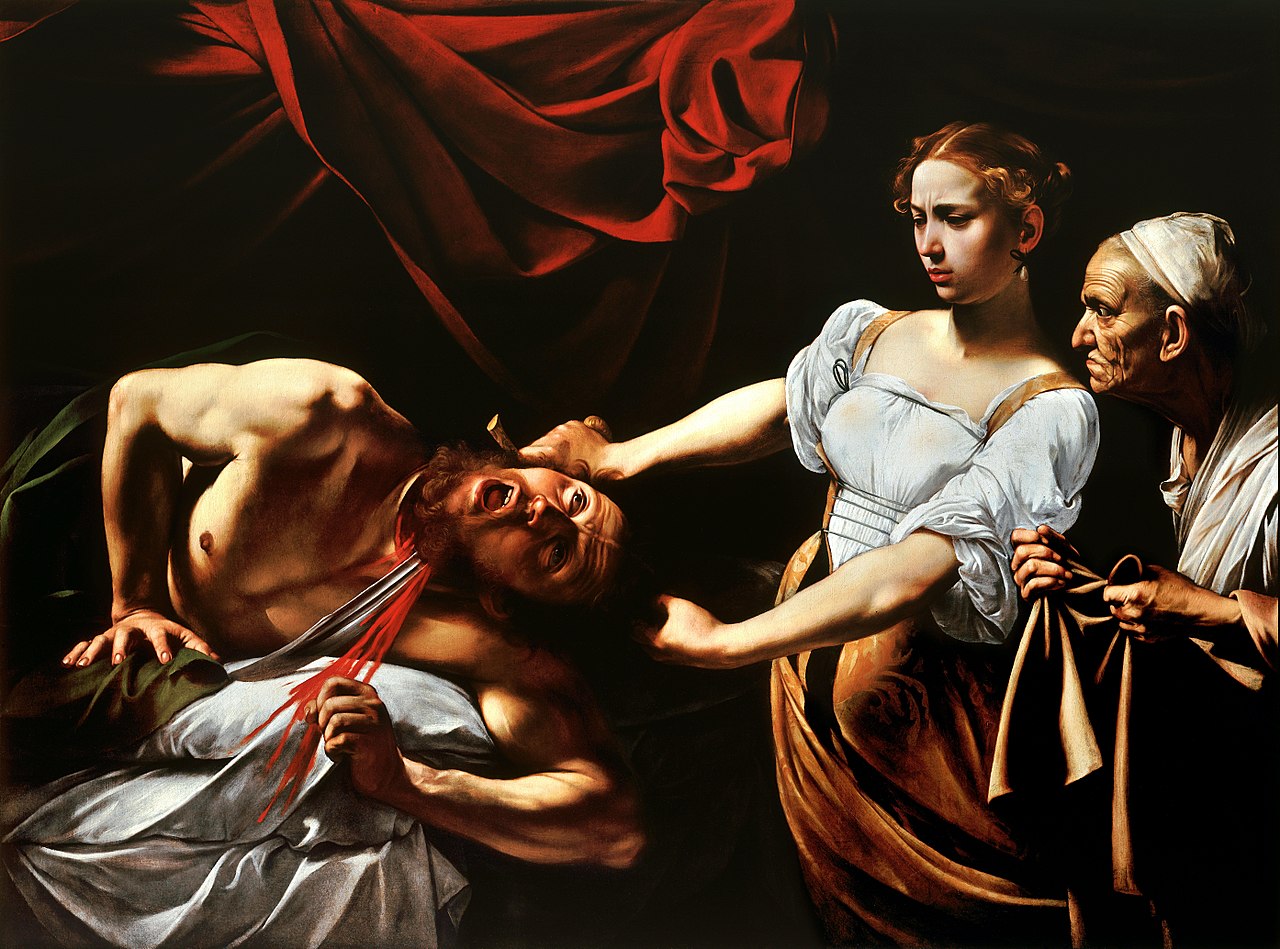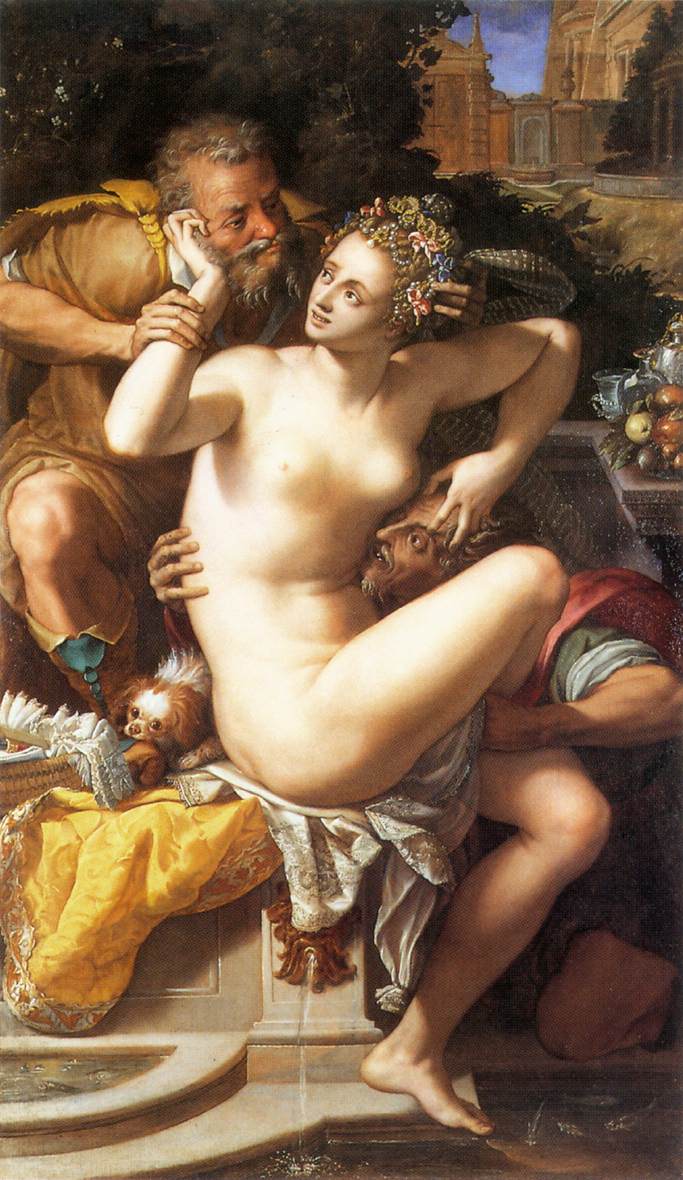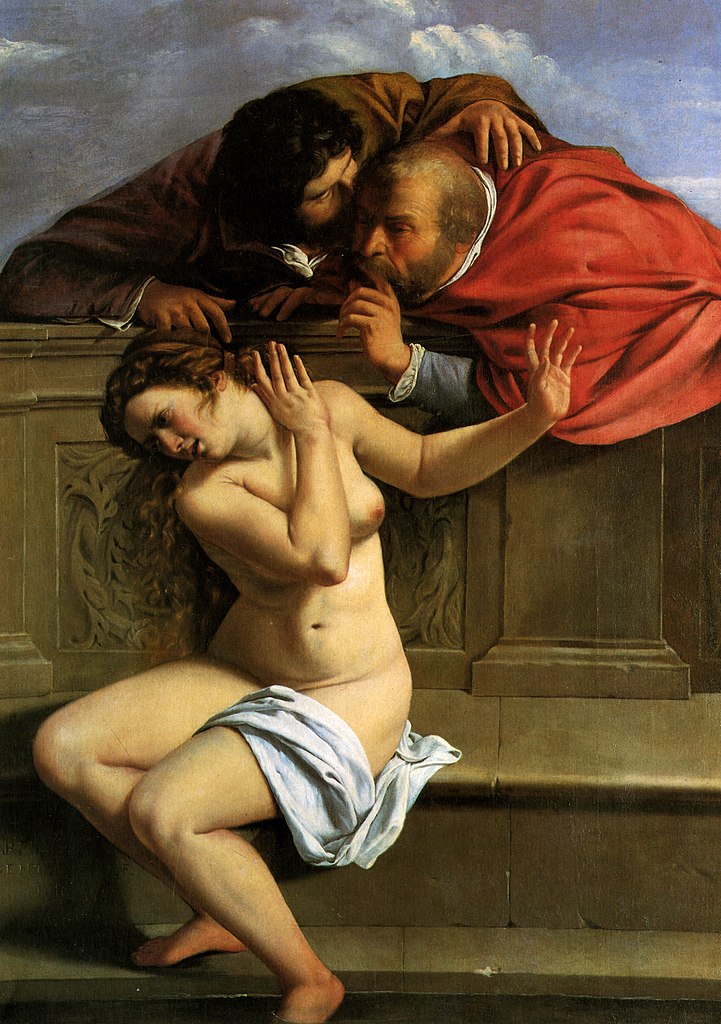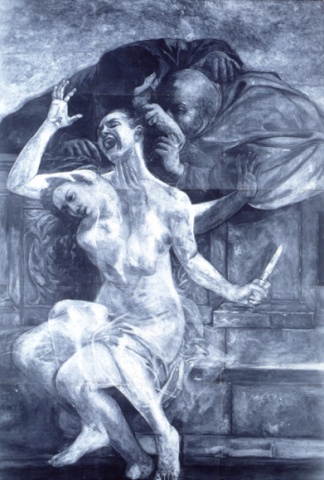Artemisia, the highly anticipated National Gallery exhibition on Artemisia Gentileschi, one of the most celebrated female painters of the Italian Baroque, ran from 3 October 2020 to 24 January 2021 – but only technically. Due to Covid-19 restrictions, the gallery was closed for most of this period. Just as we were easing out of the second London lockdown and I was booking tickets to see this in person, a vain and futile grasp at normality, down came the announcement that London will go into Tier 4 restrictions (for context, the maximum at the time was Tier 3) – and the museums re-closed once more, with cancellation e-mails flying amok. What was supposed to be the first major exhibition of Artemisia’s works in the UK just turned into an ill-timed venture.

Artemisia Gentileschi - Self-Portrait as Saint Catherine of Alexandria (1615–1617)
It was disappointing, especially since I’ve been vying to see an Artemisia original up-close ever since the press release back in July 2018 that the National Gallery has bought an Artemisia Self-Portrait for a whopping £3.6 million. (For art restoration nerds, I recommend this 14-part video playlist that showcased the restoration of this painting).
The Virtual Tour
Meanwhile, as everything moved online, so did select museum exhibitions, including the one for Artemisia. Since it was either a virtual exhibition tour or straight up breaking into the National Gallery in the middle of a global pandemic, I decided to just cut my losses and instead pay for the 30-minute curator-led exhibition film available on the gallery’s website. For the first half of the film, you are led by curator Letizia Treves throughout the gallery, which is ordered chronologically, starting with Artemisia's Susannah and the Elders, painted when she was just 17 years old. The second half of the film focuses on specific paintings and zones in on particular details and their connotations.
For just £8, it was a pretty decent experience, though incomparable to seeing the real thing. The virtual tour remained available online to Members of the National Gallery until 31 March 2021 only, which is a shame.
Who was Artemisia?
Born in 1593 in Rome, she was the eldest child of Orazio Gentileschi, himself an accomplished painter with his own workshop, which is where Artemisia learned painting. One might think being born in a family of artists can only help you – though in Artemisia’s case, she had the misfortune of her paintings being misattributed to her father by the virtue of her surname.
Artemisia’s artistic talent was for many years overshadowed by her rape trial in 1611. There are far too many art critics focused on linking the subject matter of her paintings to her rape, as if that was the full extent of her character and personhood. There were hints of it leading this way in the virtual tour, though it mostly kept a contemporary view.
Since she is an Italian artist, it makes sense to try to go to the root of her heritage and aristry. Art e Dossier is an Italian art magazine that focuses on one artist per edition and provides a sort of abridged, accessible biography of their life and art. I just so happened to have the Artemisia edition in my library - written and researched by Tiziana Agnati. One particular line stuck with me (original in Italian, my translation in English):
"Passa dal caravaggismo romano alla fiorentinità più esasperata, e poi, di nuovo, dal caravaggismo al classicismo napoletano, con un tale virtuosismo che non ha eguali tra I suoi contemporanei."
"She goes from Roman Caravaggism to a more exasperated Florentine painting, and then, again, from Caravaggism to Neapolitan classicism, with such virtuosity that has no equal among her contemporaries."
Art e Dossier: Artemisia Gentileschi (p. 6), by Tiziana Agnati [translation mine]
Caravaggism is in reference to the artist Caravaggio, real name Michelangelo Merisi, born in Milan in 1571. His style would become so popular that we now have the term Caravagesque, as well as an entire movement of artists painting in his style (Caravaggisti). His style involves naturalism, biblical subject matter, the play of light and dark in the chiaroscuro – usually with one light source and heavy contrast. Artemisia and Caravaggio were contemporaries, and at least knew of each other. However her and Caravaggio’s interpretations of the same subject matter are astoundingly different. Since I couldn’t do my usual shtick of taking thousands of photos in a museum, I thought it would be interesting to compare two different artistic interpretations of the same subject matter.
Judith Beheading Holofernes
Let’s start with the myth of Judith, from the Old Testament.
From Wikipedia: in the story, Judith, a beautiful widow, is able to enter the tent of Holofernes because of his desire for her. Holofernes was an Assyrian general who was about to destroy Judith’s home, the city of Bethulia. Overcome with drink, he passes out and is decapitated by Judith; his head is taken away in a basket (often depicted as being carried by an elderly female servant). The first depiction on the side is Caravaggio’s Judith Beheading Holofernes (dated 1598-1599 or 1602); currently housed in the National Gallery of Ancient Art in Palazzo Barberini, Rome.

Caravaggio - Judith Beheading Holofernes (c. 1598–1599)
Artemisia’s Judith slaying Holofernes (the original 'blue' version dated 1612-1613 and housed in Museo Capodimonte in Naples; a later 'yellow' version dated 1614-1618 or 1620-1621, depending on who you ask, and housed in the Uffizi Gallery in Florence).
Caravaggio’s Judith is demure in nature, a wisp of a woman with perfectly-coiffed locks, beheading a man… somehow at arm’s length. It’s almost as if she’s more concerned with not getting blood on her dress. More care seemed to have been put into painting her pert nipples, poking through the see-through dress.
Now, Artemisia’s strikes me as much more visceral. Look at the gushing blood, the straining muscles of Judith’s arms; the gripping of the man’s hair, Judith bending over him, almost as if she’s coming closer to our end of the painting.

Artemisia Gentileschi - Judith slaying Holofernes (1614–18)
This isn’t to say that there is no artistic value to Caravaggio’s (he wouldn’t have become so renown if that were true). But it’s interesting to point out the difference in interpretation.
Susanna and the Elders
Let’s take another example.
From Wikipedia: in the Susanna and the Elders Biblical story, two lecherous men spy on Susanna while she is bathing. When she refuses their advances, they falsely accuse her of adultery and she is to be put to death, until Daniel intervenes.
There are very many paintings of this myth (maybe a tad too many), and Carvaggio never painted his own version, but here’s an interpretation of another one of Artemisia’s contemporaries.
The first photo is Alessandro Allori’s Susanna and the Elders (dated 1561, currently housed in Musée Magnin in Dijon), while the second photo is Artemisia’s Susanna and the Elders (dated 1610, currently housed in Weißenstein Castle in Pommersfelden, Bavaria).

Alessandro Allori - Susanna and The Elders (1561)

Artemisia Gentileschi - Susanna and the Elders (1610)
And while I do think that Allori’s interpretation does keep true to the myth, with Susanna visibly uncomfortable with the men’s advances, it does have a more voyeuristic feel to the scene, like something out of a letter to Penthouse; while in Gentileschi’s version, it reads much more clearly as what it actually was, namely harassment and entitlement. I think the point is to illustrate how Artemisia gives her female characters their agency back. You can argue of the point of the male gaze in classic paintings, but it’s not until you view the same subject side-by-side do you realise exactly what is different in each approach.
To finish off, I’d like to introduce you to a modern interpretation.
Kathleen Gilje is an American artist best known for (re)mixing classical paintings with a modern perspective. Going from Artemisia’s Susanna and the Elders, Kathleen painted her own version called Susanna and the Elders, Restored – not the classical Susanna, demure and shying away, but screaming and holding a knife. Then, using X-rays, both paintings were layered on top of each other.
It’s difficult to view art through any other lens but a contemporary one, as ahistorical as that might be. But at the same time, violence against women, whether in myth or religion, is so ingrained in the mainstream cultural landscape, that it’s always worth to question its status quo and consider – is there a perspective that we might have been missing here?

Kathleen Gilje - Susanna and the Elders, Restored (1998)
Article originally posted on now-defunct old blog, restlesspenning.com on 4 April 2021. Re-posted here on 9 August 2024.